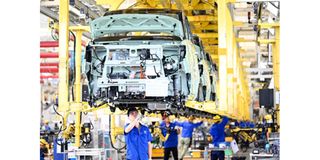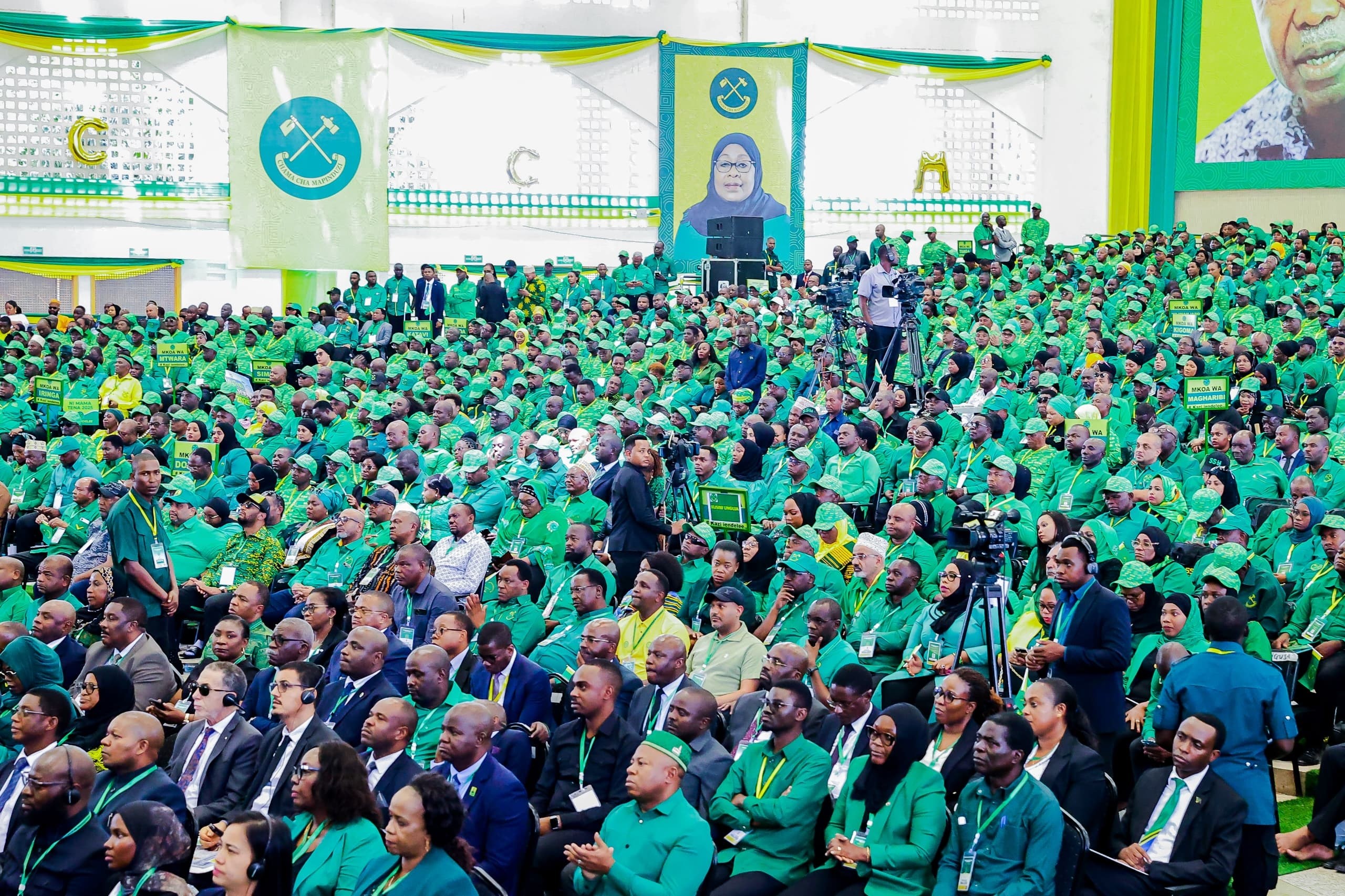Why China’s economic resilience continues to defy Western sceptics

Workers assemble new energy vehicles at an automobile company in Liuzhou, south China's Guangxi Zhuang Autonomous Region, Aug. 12, 2021. PHOTO | XINHUA
What you need to know:
- The blasting of the east appears to be alive and well and resurfaces from time to time, especially in the West’s dealings with China.
China’s lead in industrial manufacturing remains notable around the world, especially for its success in producing affordable goods for consumers in both the developed and developing worlds.
More importantly, China’s expanding manufacturing sector, currently the largest in the world, helps the majority of people globally in the aftermath of the dwindling individual incomes experienced during the COVID-19 economic slowdown.
These developments in manufacturing and other production areas help to elevate China’s image within and outside its territory but provoke harsh, irrelevant, and old-school criticisms from the United States and its allies.
As a tradition in international politics, the blasting of the east appears to be alive and well and resurfaces from time to time, especially in the West’s dealings with China.
This includes misrepresenting the truth, inventing non-existent issues, or exaggerating them out of proportion only to tarnish the latter’s image while overlooking anything good it may have done.
As of late, these misrepresentations have occurred with US President Joe Biden and the country’s Treasury Secretary, Janet Yellen, referring to China’s economy as a “ticking time bomb” and a “risk factor to the US economy,” respectively.
The remarks further allege that the Chinese government under President Xi Jinping has failed to bring prosperity to the country, whose population stands at roughly 1.4 billion people, saying that the economic strategies employed thus far are mainly speculative rather than based on realistic projections.
These baseless verbal attacks will keep happening anyway, despite the US knowing the truth about the efforts that China has made to successfully end poverty by addressing problems of unemployment, food production, and industrial development both in rural and urban areas.
President Xi Jinping’s efforts have made China consistently climb up economically, delivering on the promises of his country’s founders to make China better day by day.
More dangerous in the rhetoric is that if China’s manufacturing sector crumbles, it will affect everyone negatively considering the amount it contributes to overall global production and consumption.
As a result, the sociopolitical and economic foundations of most countries will be put to the test.
The US and the West will not be immune to this shakeup.
The US needs to remind its people of these dangers, including citing the experiences that they went through during the coronavirus pandemic when China slowed its industrial production and the supply chain became heavily disturbed, thus driving up inflation while the people’s incomes were dwindling.
Statistics show that China leads the manufacturing sector by far, at least ten points ahead of the United States.
Information available on Statista shows that China’s manufacturing sector stands above 28 percent, while the US has been at around 16 percent globally.
Moreover, China has been raking in over $2 trillion a year, according to a highly reputed US think tank, the Brookings Institution.
This has been the trend since 2018 and remains the case today, a good enough indication as to how China has managed its economy even amid great uncertainties.
Furthermore, China’s resolve to improve the lives of its people makes it focus more on the quality of its economic growth by making it people-centred through the pursuit of low-carbon and innovation-based development and the improvement of rural living environments.
It should also be a common understanding that economic performance cannot be static, but the ability to withstand challenges based on preparedness for unforeseen risks while optimising production and distribution is what matters most.
In more concrete terms, China’s economy continues to fare: in fact, China’s economy recorded a 5.5 percent growth in its Gross Domestic Product (GDP) in the first half of this year as well as having its value-added industrial output increase by 4.5 percent in August this year, economically translating into a stable GDP both in the short and long terms.
In light of these indicators, it is clear that the propaganda against the manufacturing giant misrepresents the progress it makes by considering it "the other” that neither follows nor is adamant of the Western political and economic trajectory.
In the case of China, we have seen the resilience the country has shown under President Xi and his predecessors.
The world’s top manufacturer has maintained its position even during great uncertainties, the COID-19 pandemic being the most recent example.
Therefore, the West’s campaign to tarnish China’s image is not only misguided but also obsolete in a world where cheap politics is intended to drift a population away from focusing on pressing domestic issues.




